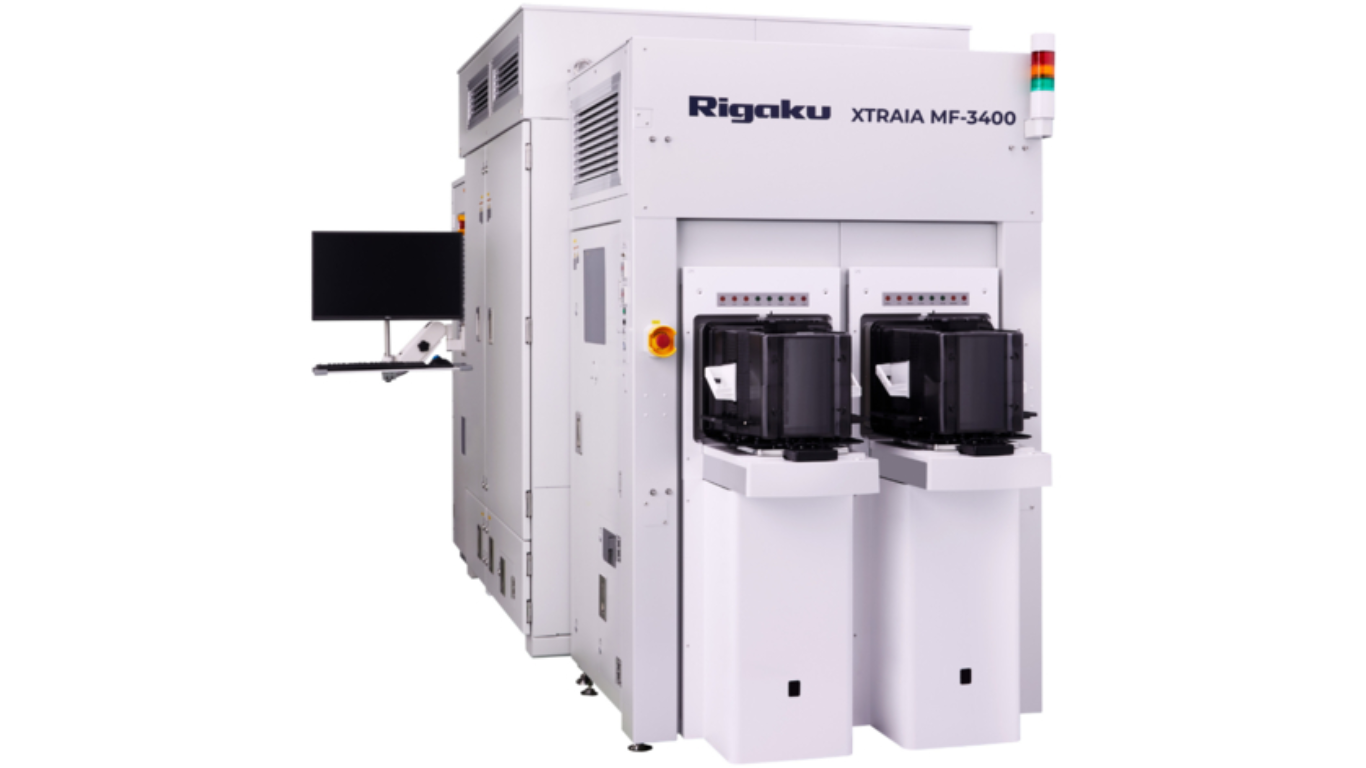Hiring global talent sounds exciting, but it comes with red tape.
A work visa is the legal bridge that lets foreign employees work for you in the U.S. It’s a government-issued permit tied to a job offer from a U.S. company.
If you’re planning to expand your team with skilled international professionals, understanding how work visas operate isn’t optional.
It’s essential. But here’s the good news: you don’t need to be a lawyer to get the basics right.
This guide is built for international employers—especially small to mid-sized businesses—that want clarity, not legal jargon.
We’ll cover which U.S. visas are common, what steps you’ll take as an employer, and how to avoid costly missteps.
What Types Of Work Visas Are Available To U.S. Employers?
Let’s break down a few of the most common U.S. work visa options employers use to bring in foreign workers:
- H-1B Visa: For speciality occupations like tech, engineering, and healthcare. Your candidate usually needs a bachelor’s degree or higher in a related field. This visa is highly competitive and subject to an annual lottery.
- L-1 Visa: For transferring executives or employees from a company’s foreign office to a U.S. office. You must have a qualifying relationship with the overseas entity.
- O-1 Visa: For individuals with exceptional ability in fields like science, business, or the arts. Think Nobel winners, published researchers, or award-winning professionals.
- TN Visa: Available under the USMCA agreement for Canadian and Mexican professionals. This one is fast and less complicated if you meet the job list and education criteria.
Each visa has its own rules, timelines, and responsibilities. But all of them require employer sponsorship—meaning you’re directly involved in the application process.
What Is The Step-by-Step Process To Sponsor A Work Visa?
This is the part most employers are anxious about. But don’t worry—we’ve simplified the work visa sponsorship process into clear steps:
Here’s what you’ll do when hiring a foreign worker for your U.S. team:
Step 1. Choose The Right Visa Category
Pick the visa type that matches the candidate’s job and qualifications.
For example, a software engineer with a degree usually qualifies for H-1B, while a Canadian accountant may fit under TN.
Step 2. Ensure The Job Meets Legal Criteria
Some visas require that the job meet a certain skill level and wage.
For H-1B, you’ll need to file a Labor Condition Application (LCA) with the Department of Labor. This proves you’re paying fair market wages and not undercutting U.S. workers.
Step 3. File A Petition With USCIS
Once your LCA is approved (if required), you submit Form I-129 to U.S. Citizenship and Immigration Services (USCIS). This includes proof of employment, candidate qualifications, and a hefty stack of documents.
Step 4. Wait For USCIS Approval
If all goes well, you’ll get an approval notice (Form I-797). Processing times vary. Without premium processing, expect several months.
Step 5. Candidate Applies For Visa At A U.S. Embassy
Once your petition is approved, your employee will apply for their actual visa at the nearest U.S. embassy or consulate. This includes an interview and visa stamping.
Step 6. Employee Enters The U.S. And Starts Working
With a visa in hand, your new hire can travel to the U.S. and begin working. You’ll need to complete Form I-9 to verify their employment eligibility.
Step 7. Stay Compliant Throughout Employment
You’re responsible for keeping records, staying within the job scope you filed for, and notifying USCIS of any changes in employment.
This whole process can take anywhere from 3 to 9 months, depending on the visa type and whether you pay for premium processing.
According to USCIS, premium processing currently costs $2,805 and cuts wait time to 15 calendar days.
How Much Does It Cost To Sponsor A Work Visa?
Visa sponsorship isn’t free—and most costs fall on the employer. Here’s what to expect:
1. USCIS petition fees: Range from $460 to over $6,000 depending on the visa and company size.
2. Attorney or consultant fees: Optional but common. Expect $2,000–$5,000 for legal services.
3. Premium processing: Optional fast-track for USCIS decisions, currently priced at $2,805.
If you plan to hire more than one international employee per year, build these costs into your annual hiring budget.
What Mistakes Should Employers Avoid?
Here are a few pitfalls that cause delays or denials. Avoid these at all costs:
- Filing under the wrong visa category
- Missing the H-1B registration window (usually in March)
- Failing to pay the required wages or provide accurate job descriptions
- Forgetting to complete Form I-9 after the employee arrives
Even a small oversight can derail your hiring process and frustrate the candidate.
Conclusion
You don’t need a legal degree to understand the basics of U.S. work visas. You just need the right roadmap.
Now that you know how sponsorship works, what steps to follow, and what to avoid, you’re in a stronger position to build a global team.
Want to know if your profession or your hire’s background qualifies for a more permanent path like EB-2 NIW?
Contact Robinson Immigration Law—we’ll help you evaluate your role and guide you toward the best immigration strategy for long-term success.
Article received in the mail






























